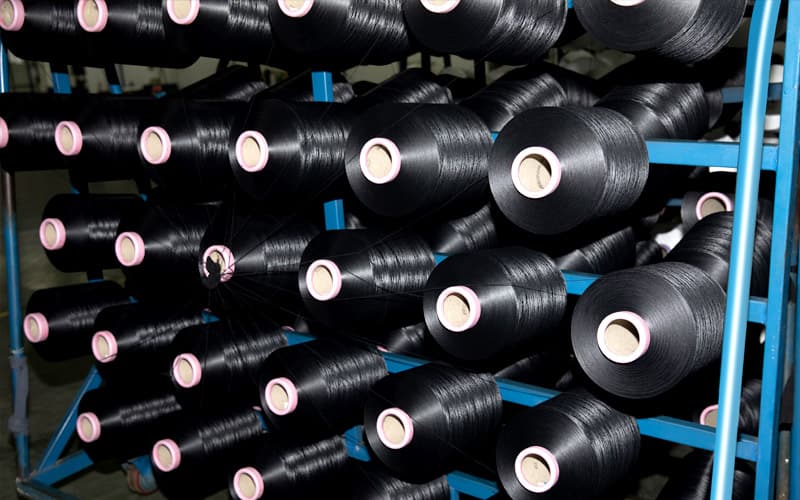At present, the textile industry is still an important […]
At present, the textile industry is still an important industry in my country's traditional manufacturing industry and has played an important role in solving labor employment. National economic policies should focus more on solving people's livelihood and employment, and the country should support the development of labor-intensive industries in terms of policies.
The first is to enhance the predictability of policies so that companies can respond to market changes in a timely manner. Factors such as exchange rates and rising raw material prices have too great an impact on export companies. Among them, cotton accounts for nearly 70% of the cost of textile enterprises, and the price of cotton per ton has risen by 1,500 yuan since last year. However, foreign customers do not feel the pressure of RMB appreciation and raw material price increase on enterprises.
The second is to make appropriate adjustments to foreign trade policies, and it is recommended that export tax rebates should not be reduced temporarily. Once the policy continues to be tightened, a large number of companies will close down. The country should take into account the current predicament of the textile industry. It is not appropriate to lower the export tax rebate for textile and apparel products at this time. If necessary, it can give textiles a preferential export tax rebate policy to help enterprises tide over the current difficulties and give the textile industry a breathing opportunity.
In terms of labor and employment, the state has every reason and ability to provide support in export tax rebates. Last year, lowering the export tax rebate of apparel products was mainly to reduce trade frictions and achieve trade balance. Nowadays, some textile and garment enterprises in our country have products on the same level as those in Vietnam, Pakistan and other countries. If these companies collapse, they will give up the market to companies in these countries, which is actually helping neighboring countries develop their markets in disguise. In recent years, the contribution rate of the textile and apparel trade surplus to the increase in foreign exchange reserves has shown a declining trend year by year. It is recommended that the reduced tax rebate be used to support the technological progress of textile enterprises.
